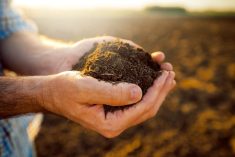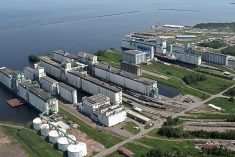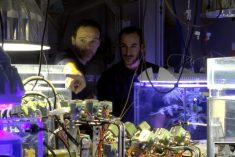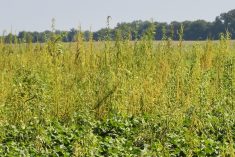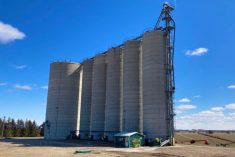The not-for-profit Thunder Bay Agricultural Research Station’s quest for a longer-term operating plan has ended with a new operator, and a new name.
The Ontario government recently announced it will transfer the TBARS’s operating and research programming responsibilities to Thunder Bay-based Lakehead University, which will now operate the site as Lakehead University Agricultural Research Station (LUARS).
The province, whose agriculture ministry first set up the station in 1991, on Dec. 8 pledged up to $1.65 million over five years to support research at LUARS.
The province said the move “will support the long-term sustainability of (TBARS) and will increase (Lakehead’s) capacity to build new programming and research that will benefit northwestern Ontario.”
Read Also

Brazil to reap record soy crop in 2025/2026, increase exports
Brazil’s Conab said the country will reap a record soybean crop of 177.6 million tons in the 2025/2026 harvest year, according to data released on Thursday.
The station, on Highway 61 southwest of the city, uses small-plot research to assess crop varieties and agricultural management practices for their suitability in the region. Crops recently tested at TBARS include berseem clover, camelina and winter peas and lentils.
Expertise from Lakehead faculty and researchers “will further enable and expand the important work being conducted at this station for the agri-food sector in our region,” Dr. Andrew Dean, the university’s vice-president for research, said in the province’s release.
The Dec. 8 announcement follows a year of uncertainty for the station, which has been operated since 2003 by the not-for-profit Thunder Bay Agricultural Research Association. Some funding has come from the provincial agriculture ministry and, up until last year, the Northern Ontario Heritage Fund Corporation (NOHFC).
The province in 2016 put up $350,000 in bridge funding for the association to come up with a “sustainable, co-ordinated, long-term plan for agricultural research in the north.”
The station is no stranger to university-level management, having operated from 1996 to 2002 as an arm of Kemptville College, later known as the Kemptville campus of the University of Guelph’s Ontario Agricultural College. The research association has operated the station since 2003.
According to the federal Census of Agriculture for 2016, the Thunder Bay, Rainy River and Kenora census districts of northwestern Ontario together included 509 farms producing about $56.5 million in total gross farm receipts.
Peggy Brekveld, who farms about 20 minutes from the research station, said the Heritage Fund provided some stability, but it was “never a permanent solution.”
“This means stability and most of our farmers would say that is the highest priority,” said Brekveld, a vice-president with the Ontario Federation of Agriculture.
Several decisions on Brekveld’s dairy and crop farm have been influenced by information from TBARS, she said, such as seeding winter rye and, for the first time next season, canola.
They also diagnosed a need to use ammonium sulphate on their crops and had TBARS’s director of research, Dr. Tarlok Singh Sahota, out to check on some corn, in which he diagnosed a deficiency of zinc and boron.
There are also provincially funded agricultural research stations near Emo and New Liskeard, both many hours away from farmers in the Thunder Bay area.
The province in recent months has put a priority on expanding agriculture in Ontario’s north, with announcements such as the Northern Livestock Pilot to increase the province’s beef cow herd and field crop and beef research at New Liskeard.
“This is not just for those currently living here, but also for those who want to come so that they understand what will grow and what will not. The greatest benefit is to the entire farming community, not just farmer,” Brekveld said. — AGCanada.com Network, with files from John Greig.





